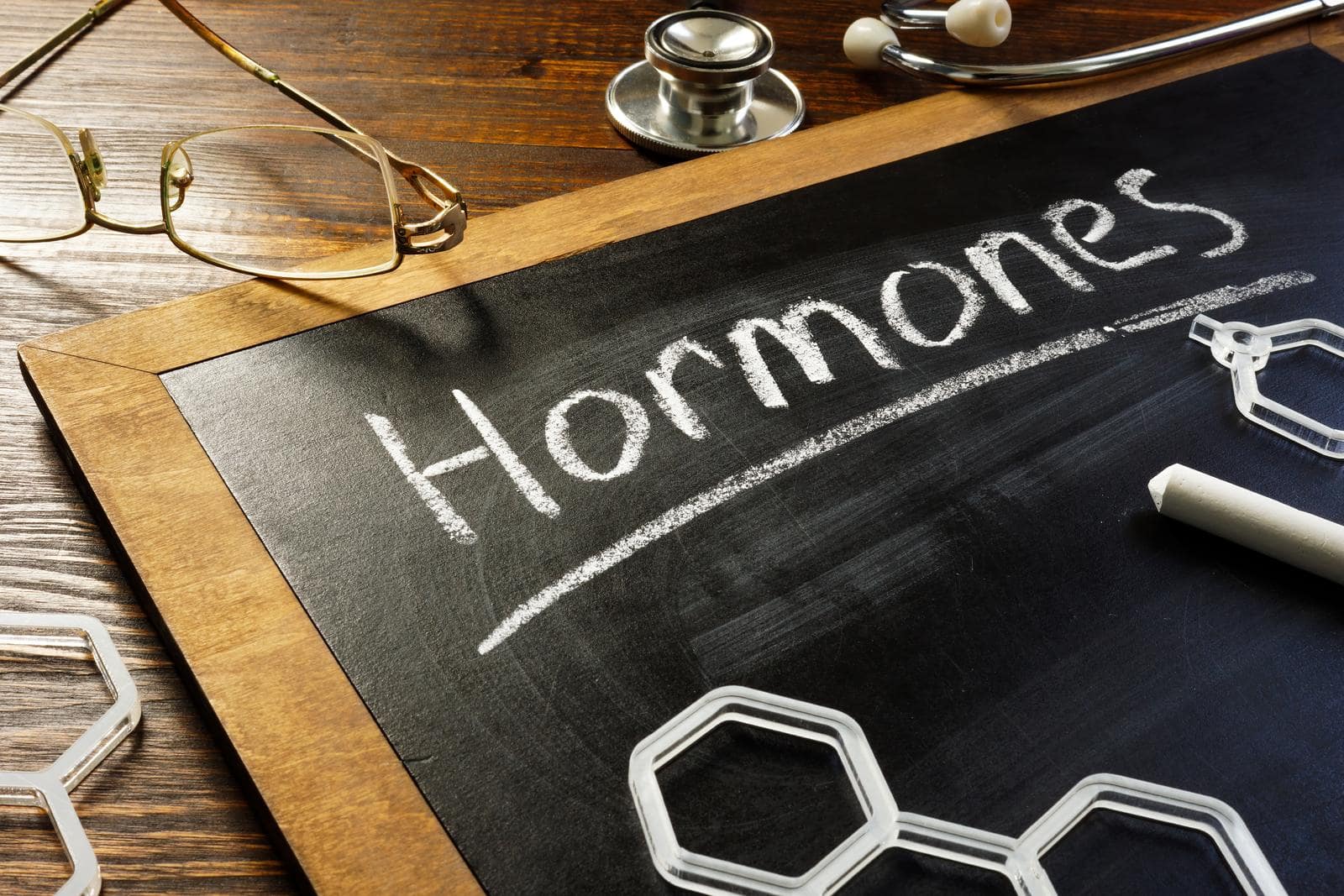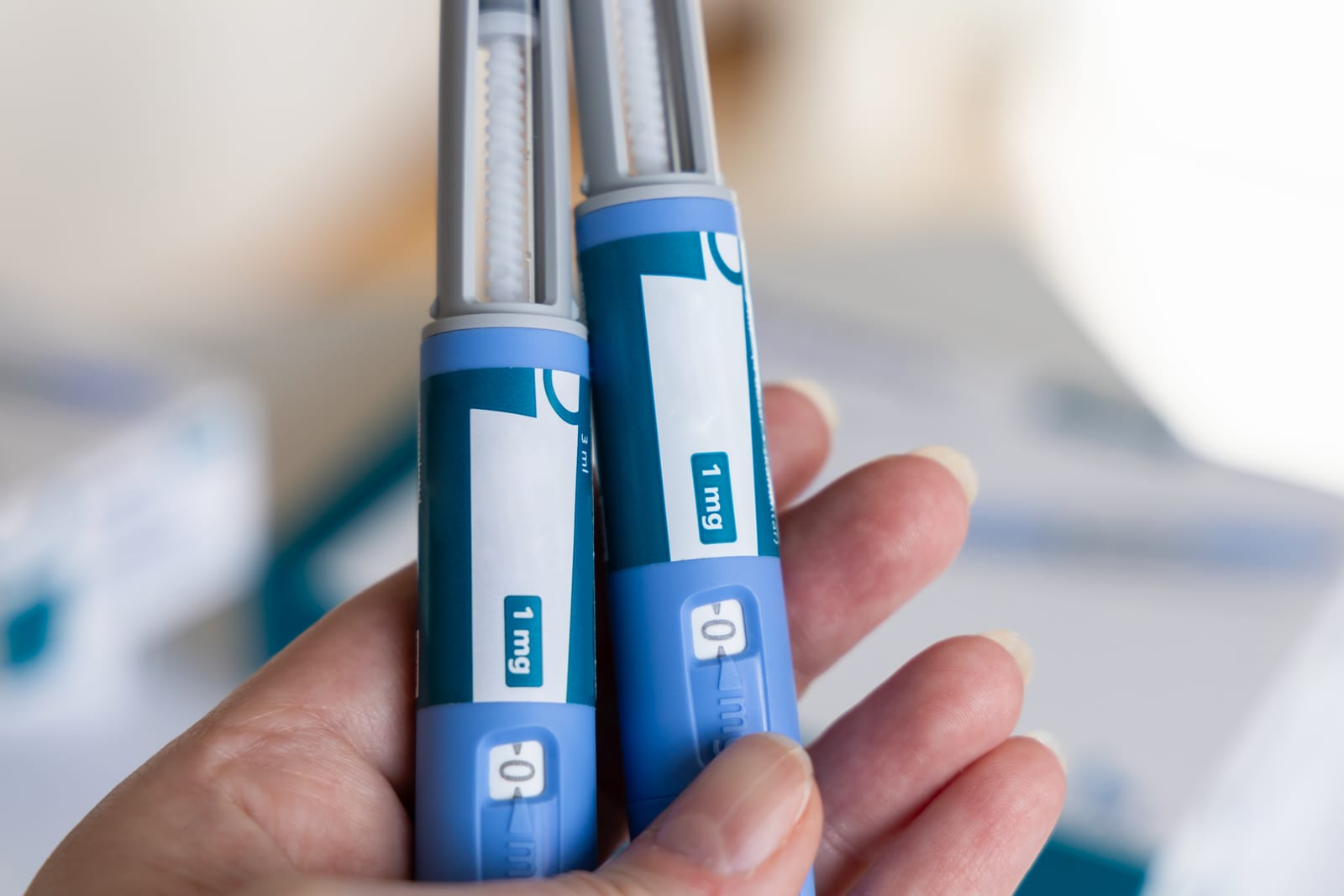Increasing the intensity of workouts during perimenopause and menopause can be highly beneficial due to the physical, mental, and hormonal changes occurring in the body during this phase of life. As women navigate this transitional period, understanding the importance of intensifying their exercise routines can empower them to maintain their health and well-being.
One of the primary reasons to ramp up workout intensity is to counteract hormonal changes. During perimenopause and menopause, estrogen levels decline, which can lead to a decrease in muscle mass and an increase in fat mass. Engaging in higher-intensity workouts, particularly those that include strength training and high-intensity interval training (HIIT), can effectively counteract these changes. These workouts promote muscle growth and help reduce fat, which is vital for maintaining a healthy body composition.
In addition to combating hormonal changes, higher-intensity workouts are essential for boosting metabolism. As we age, metabolism naturally slows down, making it easier to gain weight. High-intensity workouts can increase metabolic rate both during and after exercise, helping to maintain a healthy weight and prevent the weight gain that is commonly associated with menopause.
Another significant benefit of increasing workout intensity is the positive impact on bone density. The decline in estrogen levels can lead to decreased bone density, increasing the risk of osteoporosis. Incorporating weight-bearing and resistance exercises, often found in high-intensity workouts, is crucial for maintaining and improving bone density. This not only helps prevent osteoporosis but also supports overall skeletal health.
Mental health is another critical area where high-intensity exercise shines. Exercise releases endorphins, often referred to as “feel-good” hormones, which can improve mood and reduce symptoms of depression and anxiety—issues that are common during perimenopause and menopause. Higher-intensity workouts are particularly effective at delivering these mental health benefits, providing a natural way to boost emotional well-being.
Moreover, the risk of cardiovascular disease increases after menopause, making cardiovascular health a priority. Regularly engaging in intense physical activity improves cardiovascular fitness, reduces blood pressure, and enhances cholesterol levels, collectively reducing the risk of heart disease.
Quality of sleep can also improve with higher-intensity exercise. Many women experience sleep disturbances during perimenopause and menopause, but regular intense workouts can help regulate sleep patterns and reduce stress levels, leading to better rest.
Maintaining muscle mass and strength is essential for overall mobility and reducing the risk of falls, especially as muscle mass naturally declines with age. Higher-intensity resistance training helps preserve and build muscle mass, which is critical for balance and functional fitness.
Lastly, while it may seem counterintuitive, higher-intensity workouts can enhance energy levels. These workouts improve cardiovascular efficiency and stamina, making everyday activities easier and less tiring.
While increasing workout intensity can yield numerous benefits, it’s important to approach this change progressively. Tailoring workouts to individual fitness levels and health conditions is key to a safe and effective exercise program. Consulting with a healthcare provider or fitness professional can ensure that women design an exercise routine that meets their specific needs. By embracing higher-intensity workouts, women can navigate the challenges of perimenopause and menopause with confidence, maintaining their health and vitality during this transformative stage of life.







